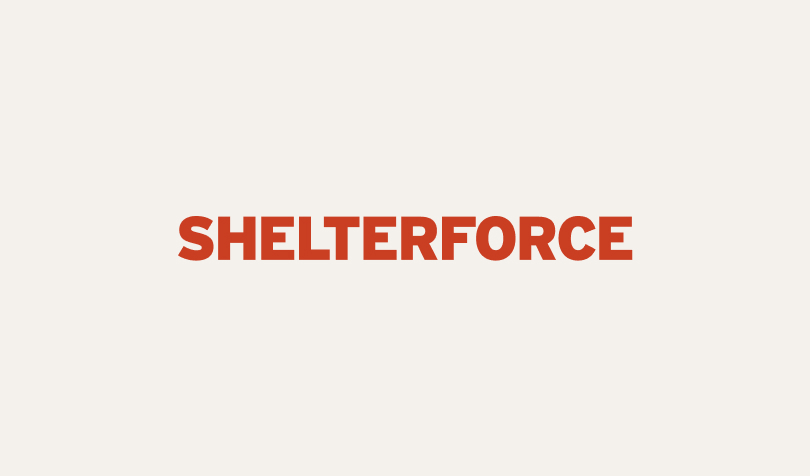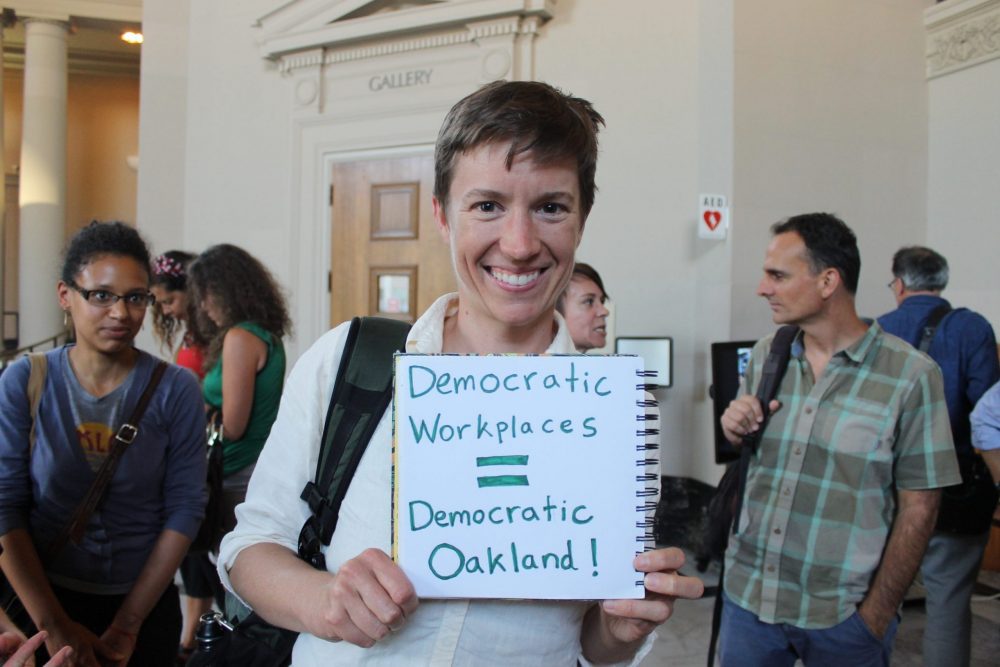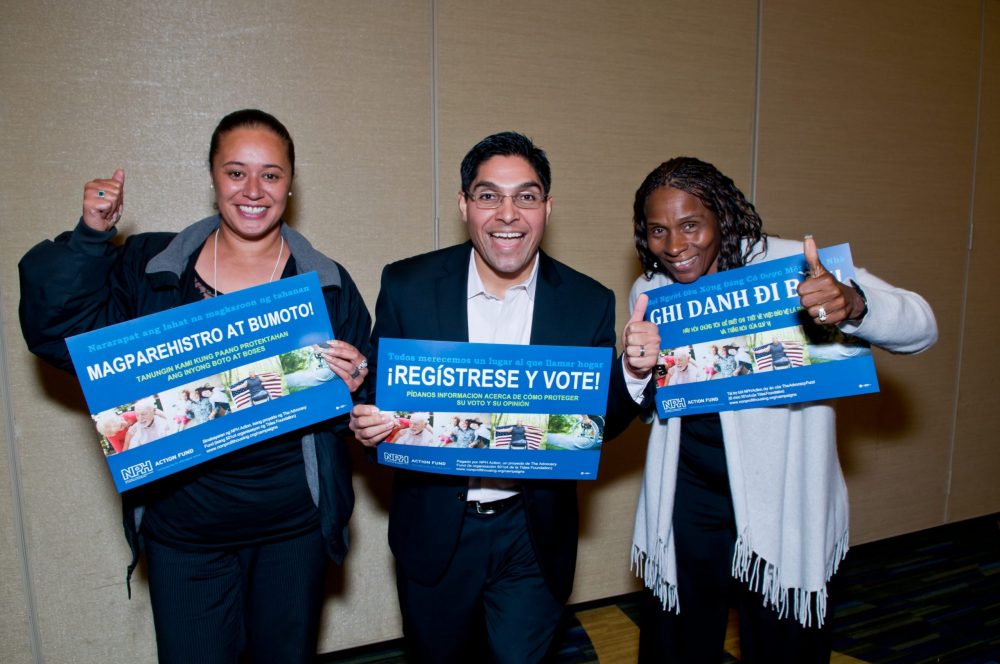
Article
Homeowner, Meet Your Lender
The reconciliation that takes place Thursday mornings at Philadelphia City Hall is not some attempt to further prove that Philadelphia is the City of Brotherly Love, it’s part of a […]
200 Results Found for
Filter by Content Type
Filter by Date Range
Sort by Date

Article
The reconciliation that takes place Thursday mornings at Philadelphia City Hall is not some attempt to further prove that Philadelphia is the City of Brotherly Love, it’s part of a […]

Article
The new Congress will be enacting major new legislation, and it’s vital that community development leaders retain our tenacious optimism as we move forward.

Article
The election returns last November generated a bit of discussion among community developers in Georgia last fall for a few reasons. There were certainly implications due to the definitive results […]

Article
There is a data geek Internet flame war going on between Sam Wang of the Princeton Election Consortium and Nate Silver of fivethirtyeight.com over 2014 election projections. Evidence of the confrontation can be found here, here, and here. My research interests (such as they are) tend more toward demographic analysis, and I am far from […]

Article
When the conversations surrounding the Michael Brown and and Eric Garner cases were at their strongest late last year, Shelterforce conducted a survey, asking our readers how they felt about the relationship between law enforcement and the communities in which they work and live. The answers we received ran the spectrum, from “Police presence is […]

Article
Homeowners in community land trusts (CLTs) across the nation continue to have substantially lower delinquency and foreclosure rates than owners of market-rate homes, according to survey results released recently by […]

Article
What local government can do to support new, more inclusive economic models.

Article
San Francisco Bay Area voters approved bold new investments in 2016 after housing advocates–part of the Non-Profit Housing Association of Northern California–ignited a successful electoral strategy for the general election. Here’s how it worked.

Article
At an individual level, the 30 percent standard and the residual-income standard can produce very different results. But as a regional measure of affordability problems, they’re not so far apart.

Article
The 30 percent standard only ‘works’ in calculations where it is irrelevant. The residual-income approach, on the other hand, can turn what all too often becomes an abstract and theoretical discussion into a series of researchable questions.

Article
Federal funding to end veteran homelessness has had a real impact, but a nationwide shortage of affordable housing could make its success temporary.

Article
We first met Darren Walker about 15 years ago while planning an issue on faith-based development. Darren was the chief operating officer of the Abyssinian Development Corporation, the storied community development arm of the Abyssinian Baptist Church in New York City. We asked Darren to write an article that was not simply a cheerleader’s promotion of church-based CDCs, but a realistic assessment of the benefits and challenges to an institution embarking on that path.
Darren was optimistic and enthusiastic about the work he was doing at Abyssinian creating hundreds of units of affordable housing in Harlem. But he was pragmatic and realistic also. His article encouraged organizations to temper the enthusiasm necessary to even consider this work with a realistic analysis of an organization’s capacities and a clear-eyed examination of their assumptions about the rewards of creating a CDC.
Darren approached his work enthusiastically, I think, because he had visceral understanding of the challenges low-income folks had and the opportunities that were available to them with the right help. The kind of help that the stability of an affordable home could provide. His understanding came from personal experience that would inform his work wherever it took him, from law school to international finance, from a storefront afterschool program and Abyssinian to the Rockefeller and Ford foundations.
When we sat down with Darren on March 18 to conduct this interview, we were glad to see that enthusiasm, optimism, and pragmatism were as strong as ever as he starts his leadership of one of the world’s largest foundations.